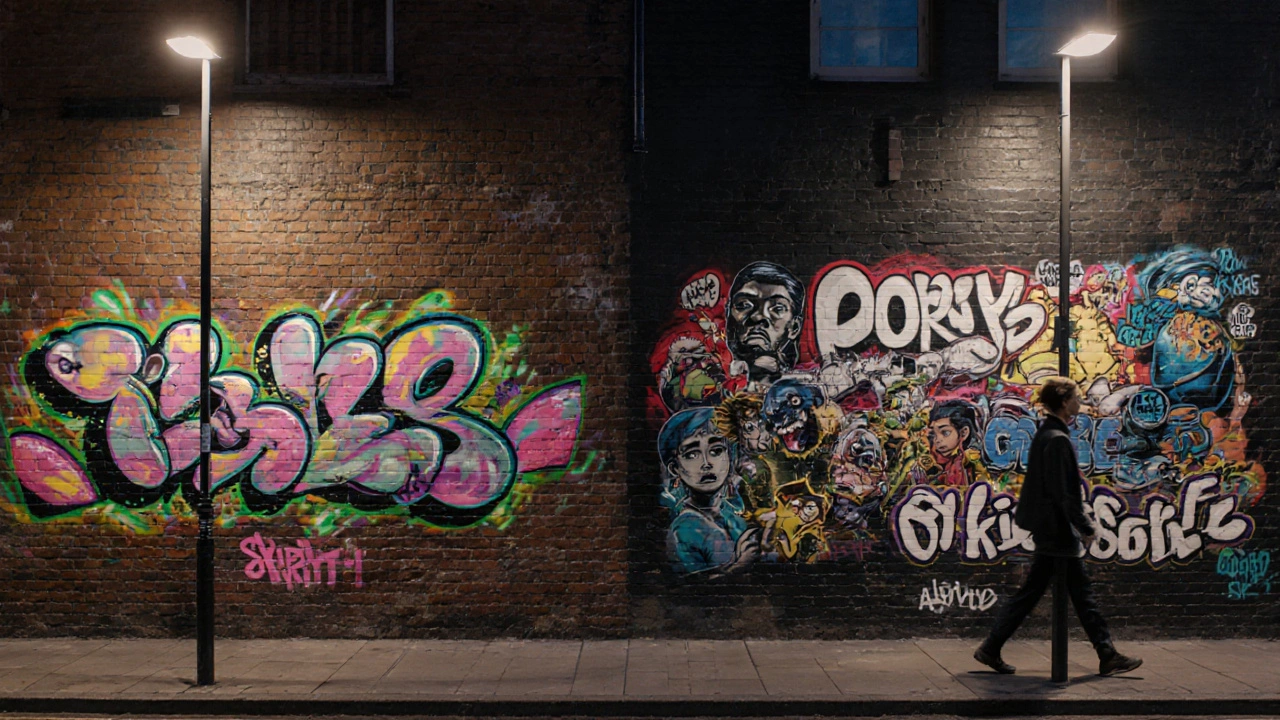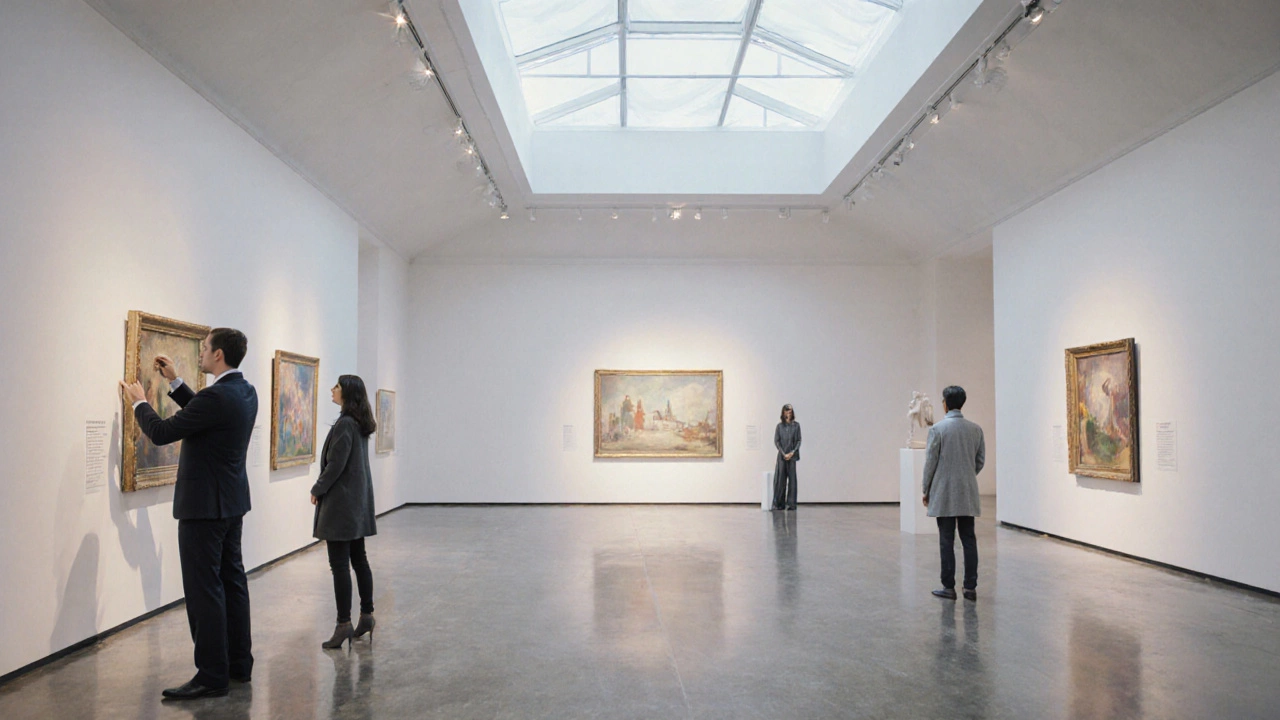Graffiti vs Street Art: Key Differences Explained
18 Oct 2025Explore the core differences between graffiti and street art, from history and technique to legality and cultural impact, in a clear, engaging guide.
Continue reading...Ever wonder why an artwork feels totally different from another even when they look similar? Most of the time it comes down to a few key differences – the era, the medium, or even the cost of a commission. Below you’ll get clear, bite‑size explanations that cut through the jargon and help you tell those differences apart in minutes.
Modern art covers the period from the late 1800s up to the early 1970s. Think Picasso, Mondrian, and the birth of abstraction. The goal was to break away from realistic representation and explore new ways of seeing. Contemporary art picks up where modern leaves off and stretches to today’s galleries. It embraces digital tools, AI, and social commentary. If a piece uses a tablet, a video loop, or a political punch‑line, you’re probably looking at contemporary work.
One easy trick: check the creation date. Anything made before the 1970s likely belongs to the modern camp. Anything after that, especially if it deals with current events or technology, lands in the contemporary bucket. Knowing this helps you read exhibition labels and talk confidently about what you see.
Acrylic dries fast, so you can layer colors in minutes. That makes it great for beginners who don’t want to wait days for a wet‑on‑wet blend. The downside? Quick drying can lead to harsh edges if you’re not careful. Oil, on the other hand, stays wet for hours. This gives you the luxury to blend soft shadows and create subtle skin tones. The trade‑off is longer drying time and a need for solvents like turpentine.
Practical tip: start a portrait with acrylic if you’re new and want quick results. Switch to oil once you’re comfortable with color mixing and want that smooth, lifelike finish. Keep a small set of brushes and a palette knife on hand for both mediums – they’re the tools that make the biggest difference.
Commission rates vary widely, but in 2025 most UK portrait painters charge between £300 and £1,200 for a standard head‑shot. Larger, full‑body works can push the price beyond £2,000. Factors that raise the fee include the artist’s reputation, the level of detail, and any travel required for sittings.
To get the best value, ask for a clear quote that breaks down the cost of sketching, painting, and any framing. Some artists offer a reduced rate for digital previews or limited‑edition prints of the final work. Knowing these price points helps you budget and avoid surprise charges.
Understanding these differences doesn’t require a degree in art history. It’s all about spotting a few clues – a date, a material, a price range – and using them to make sense of what you see. Next time you walk into a gallery or scroll through an online portfolio, you’ll be able to point out the real differences in seconds.

Explore the core differences between graffiti and street art, from history and technique to legality and cultural impact, in a clear, engaging guide.
Continue reading...
Discover the precise difference between an art exhibit and an art exhibition, with clear definitions, real‑world examples, a handy comparison table, and a FAQ to master the terminology.
Continue reading...
Art fairs and art exhibitions are two distinct types of art events, each serving unique purposes and audiences. Art fairs are commercial and bustling marketplaces where galleries and artists showcase works for sale, attracting collectors and enthusiasts. On the other hand, art exhibitions focus on curated displays of specific artists, themes, or historical periods, often held in museums or galleries. Understanding their differences is crucial for artists, collectors, and art lovers alike to navigate the art world effectively.
Continue reading...